Banisteriopsis Caapi – Peruvian Red Achuar
Desde € 18,15 Incl. VAT
Botanical name: Banisteriopsis Caapi
Type: Red
Plant part: Vine
Form: Shredded
Country: Peru
Region: Iquitos
Tribe: Achuar
Beschreibung
More about Banisteriopsis Caapi, Peruvian Red Achuar
Our highly praised finely shredded Red Ayahuasca vines come from the Amazon Jungle near Iquitos in Peru. This rare vine comes from the Achuar tribe. The chief of the tribe granted permission for the harvest and export of these vines. This vine is locally known for its special healing powers. The curandero or shaman himself only uses it in specific ceremonies.
What is Banisteriopsis Caapi?
Banisteriopsis caapi, commonly known as Ayahuasca, is a woody vine indigenous to the Amazon rainforest. This remarkable plant holds profound importance due to its traditional use in shamanic rituals for spiritual and medicinal purposes. The key ingredient responsible for Ayahuasca’s psychoactive properties is harmine, a beta-carboline alkaloid abundant in this species. Combining the leaves of Psychotria viridis or Diplopterys cabrerana with B. caapi creates a unique synergy that facilitates an entheogenic experience when brewed together into a potent tea-like brew.
How to use B. Caapi?
The intricate chemical composition of B. caapi evokes effects on human consciousness by inhibiting monoamine oxidase enzymes, allowing dimethyltryptamine (DMT) from companion plants to become orally active and reach neuronal receptors in the central nervous system uninterrupted. As a result, Ayahuasca induces hallucinations encompassing visionary experiences with intense emotional connections and introspective insights. Research continues to explore how this ancient botanical marvel enriches our understanding of neurobiology while uncovering its potential therapeutic applications in treating various mental disorders and addictions
Buy B. Caapi
Browse our vast selection of Aya Plants and B. Caapi varieties. We have it all!
Reviews (0)
Only logged in customers who have purchased this product may leave a review.
Legality
Disclaimer
Related products
Banisteriopsis Caapi
Banisteriopsis Caapi – Yellow Ayahuasca Vine, Whole, From Peru
Banisteriopsis Caapi
Banisteriopsis Caapi
Banisteriopsis Caapi
Banisteriopsis Caapi
Banisteriopsis Caapi – Yellow Ayahuasca Vine, Shredded, From Peru
Banisteriopsis Caapi
Tucanaca (Banisteriopsis Caapi) Ayahuasca Vine – Roughly Shredded Caapi Vine from Brazil
Banisteriopsis Caapi
Banisteriopsis Caapi – Peruvian Red Ayahuasca Vine- Liquid Extract 12:1 from Peru
Banisteriopsis Caapi

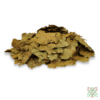
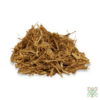


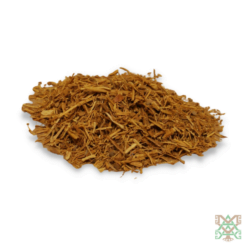
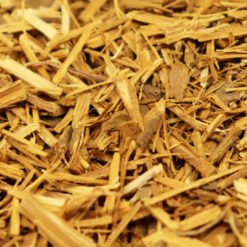
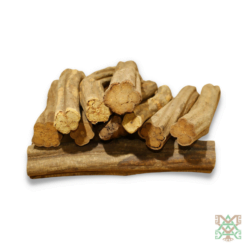

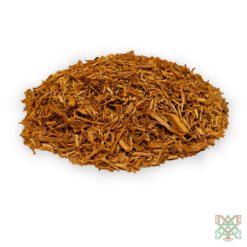
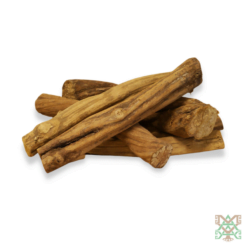
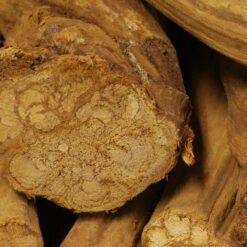
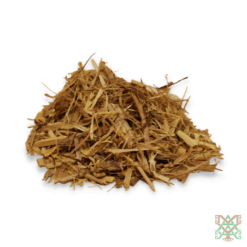
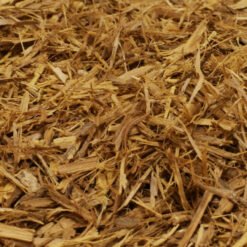
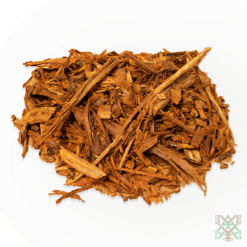
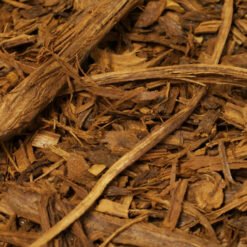
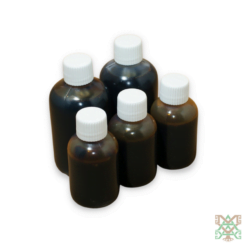
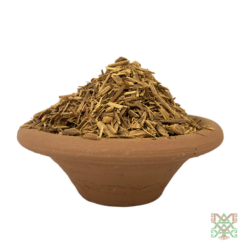
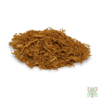
Reviews
There are no reviews yet.